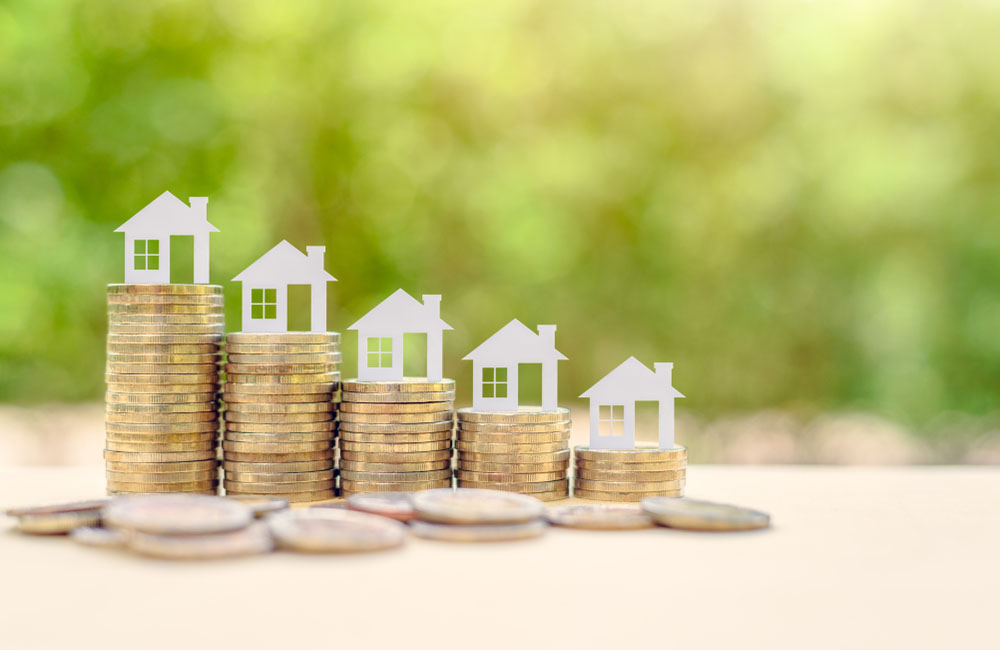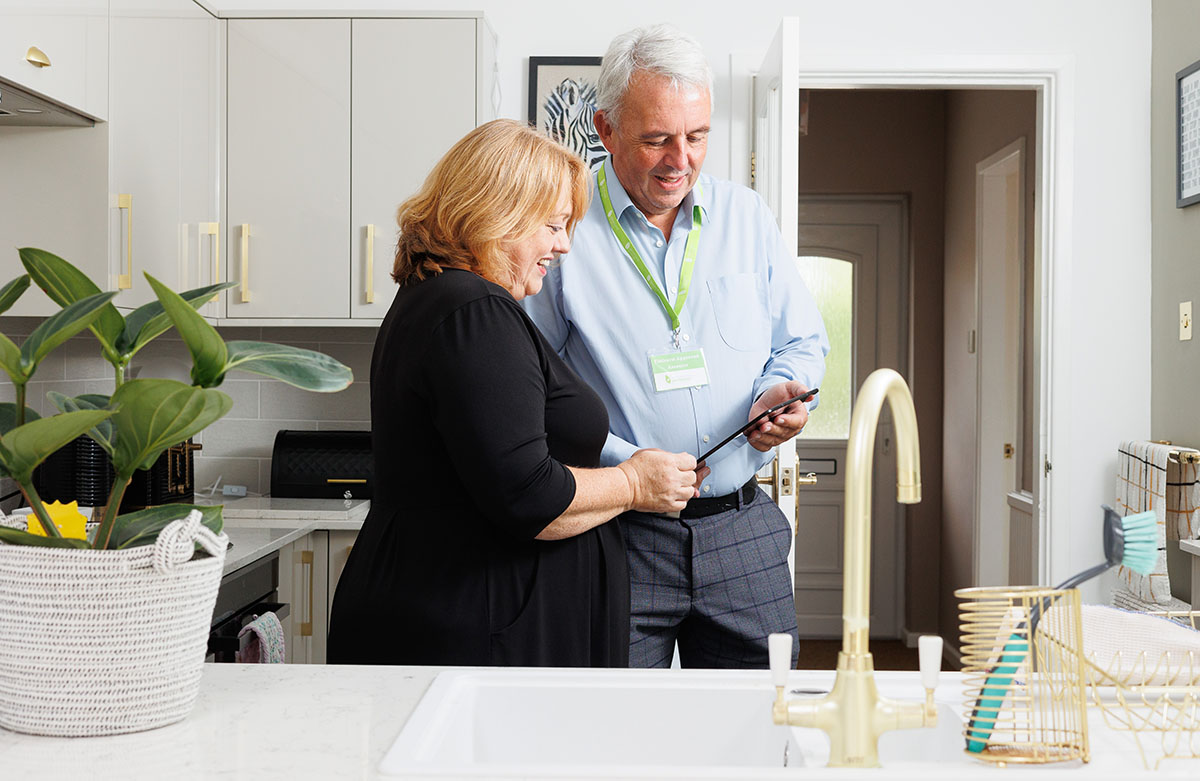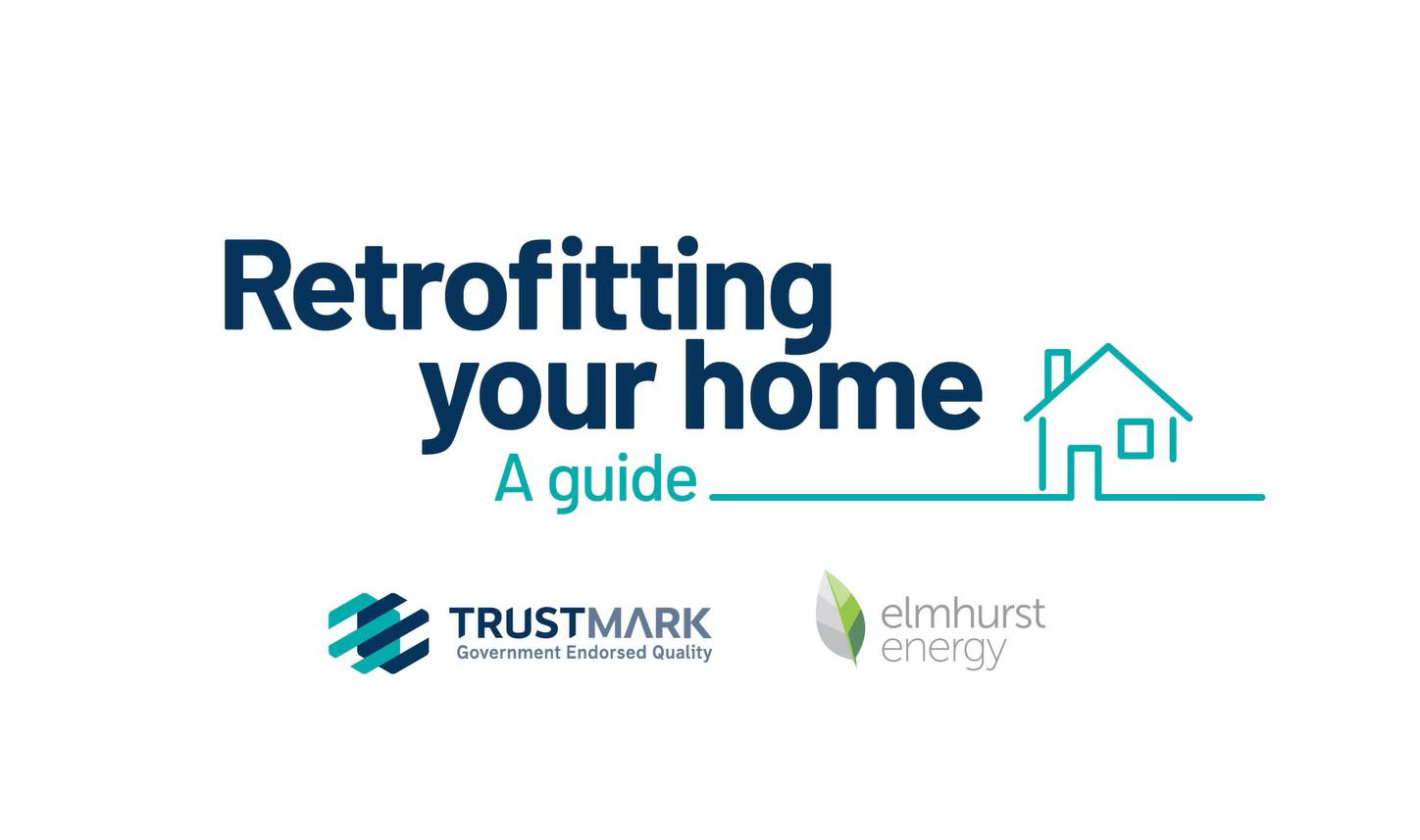
What is Retrofit?
Retrofitting is the process of making improvements to your home to make it more comfortable, sustainable and energy efficient. This, in turn, helps to cut down on the amount of energy used to heat, cool or power your home.
Older buildings, in general, tend to be less energy efficient than new builds, as they were not built with energy efficiency in mind. The retrofit process ensures that existing buildings can benefit from new and environmentally friendly techniques that might not have been available when they were originally built.
Benefits of Retrofitting You Home
The UK has some of the oldest and worst housing stock in Europe, with heat dissipating through walls, windows, and doors quickly. This makes them much harder to heat, cool and power; leading to more energy consumed and a higher energy bill.
- Retrofitting your home can:
- Improve its energy efficiency.
- Reduce your carbon footprint.
- Create a warmer and more comfortable home.
- Regulate air quality.
- Lead to fewer condensation problems and/or mould.
- Add value to the property.
Common Types of Retrofit
Common types of Retrofits include:
- Insulation (walls, floors, lofts)
- Windows
- Renewable technology
- Airtightness
- Ventilation.
Not all techniques and technologies are suitable for every home. A qualified Retrofit Assessor will assess each property individually and provide the recommended next steps.
How Much Does Retrofit Cost?
The cost of retrofitting a house can vary considerably, as every property has unique needs for improving its energy efficiency and reducing its carbon emissions. Some properties will need to address multiple aspects of their home’s energy consumption.
The cost of each measure will be provided during the retrofit project and work can be completed in stages to suit your budget, lifestyle or needs.
Funding for Homeowners
There are a number of current government schemes and grants dedicated to helping homeowners throughout the UK retrofit their homes and make them more energy efficient.
VIEW FUNDING OPTIONS >
How Does Retrofit Work?
A typical retrofit project is done in five stages.
1. Retrofit Assessment: This is where a Retrofit Assessor visits your property to collect property data/information, such as its heating and ventilation systems, its exterior and interior, and the number of rooms in the property, to produce an Energy Report, an Occupancy Report and a Condition Report.
A selection of tools will be used throughout the inspection. However, homeowners will be pleased to know that the assessment is non-invasive, with no drilling or hammering into walls. Depending on the size or complexity of the property a typical assessment can take between 1-2 hours to complete.
2. Bespoke Plan Created: Using the data from the assessment, the Retrofit Coordinator creates a bespoke plan for your home. This can be completed in stages and often covers a 20-30 year period.
3. Quotes Obtained: Quotes for the works are obtained from approved retrofit contractors.
4. Retrofit Work Starts: A preferred contractor is chosen, contracts are signed and work begins.
5. Retrofit Work Completed and Checked: Work is completed and checked to ensure it has been delivered in accordance with the quality standards.

Who is Involved in A Retrofit Project?
Domestic Energy Assessors (DEA): trained to assess the energy efficiency of your home, providing you with an up-to-date Energy Performance Certificate (EPC) and providing recommendations for improvements.
Retrofit Assessors (RA): trained to undertake a retrofit assessment for dwellings. An RA will evaluate a dwelling’s energy efficiency, including insulation, heating and ventilation systems, outside and interior design, and more. The data collected is then passed to the Retrofit Coordinator.
Retrofit Coordinators (RC): required for all domestic retrofit projects in order to comply with PAS 2035. An RC oversees the assessment of dwellings as well as the subsequent specification, monitoring, and evaluation of energy efficiency measures. Using data from the retrofit assessment, they will prepare a Medium-Term Improvement Plan for a 20-30 year period.

Find An Assessor Near You
Search on the UK’s largest database of energy assessors and retrofit professionals to quickly and easily find an assessor near you.
SEARCH NOW >Further Resources
Helpful Links:
- Retrofit for the Future: a guide to making retrofit work – https://www.gov.uk/government/publications/retrofit-for-the-future-a-guide-to-making-retrofit-work
- Home Energy Performance Retrofit: funding for local authorities and housing associations to help improve the energy performance of homes – https://www.gov.uk/government/collections/home-energy-performance-retrofit-funding-for-local-authorities-and-housing-associations-to-help-improve-the-energy-performance-of-homes
Related News:
- October 2023: PAS 2035 (2023) Release: Key Information and Changes – https://www.elmhurstenergy.co.uk/blog/2023/10/16/pas-2035-2023-release/
- June 2022: What is retrofit in construction? – https://www.elmhurstenergy.co.uk/blog/2022/06/29/what-is-retrofit-in-construction/
- May 2021: What is PAS 2035? – https://www.elmhurstenergy.co.uk/blog/2022/07/04/what-is-pas-2035/

